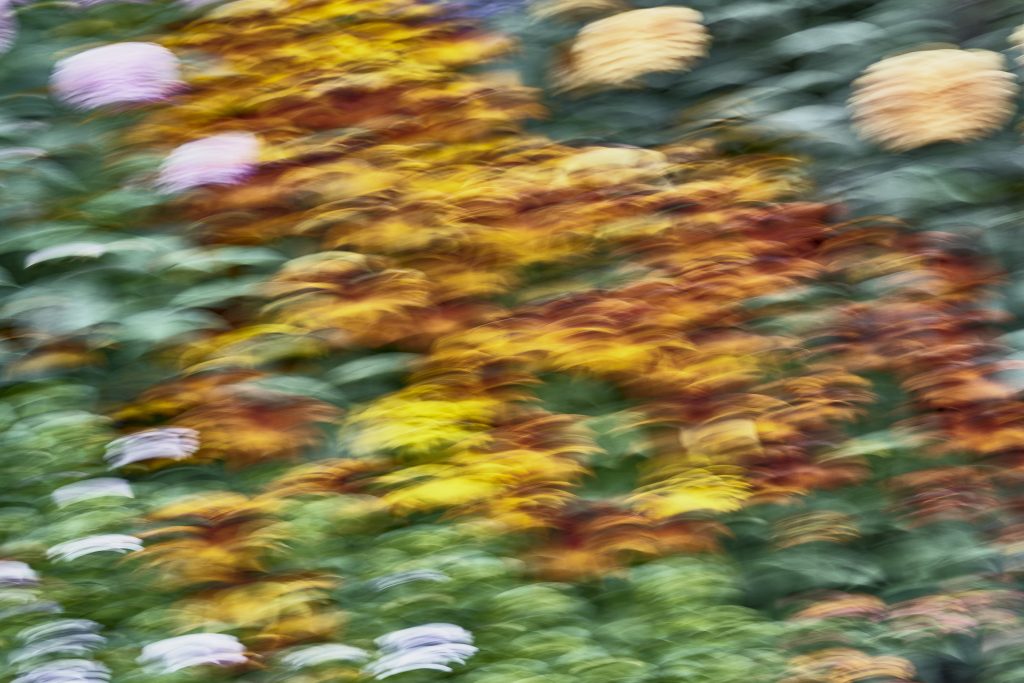Texture plays a significant role in photography, as it can add depth, interest, and emotional impact to an image. In photography, texture refers to the visual and sometimes tactile surface characteristics of objects within the frame. Understanding and utilizing texture effectively can enhance your compositions and storytelling. Here’s how texture affects photography:
Visual Interest: Texture adds visual interest to a photograph by breaking up smooth and uniform surfaces. It provides something for the viewer’s eyes to latch onto and explore, making the image more captivating.
Depth and Dimension: Texture can create a sense of depth and dimension in an otherwise flat image. When light falls on textured surfaces, shadows and highlights are accentuated, adding depth and creating a more three-dimensional feel to the scene.
Emotional Impact: Different textures can evoke specific emotions or moods. For example, a photograph of a rugged, weathered surface might convey a sense of age, history, and resilience, while a soft and smooth texture might evoke feelings of comfort and serenity.
Storytelling: Texture can enhance the storytelling aspect of a photograph. By capturing the texture of a subject, you can convey its history, purpose, or function. For instance, a close-up image of weathered hands can tell a story of hard work and experience.
Compositional Element: Texture can serve as a compositional element in photography. It can be used to balance or contrast other elements in the frame, helping to guide the viewer’s eye through the image.
Macro Photography: Texture is particularly important in macro photography, where you capture extreme close-ups of subjects. In this genre, textures become the main subject, and they can reveal intricate details that are not visible to the naked eye.
Black and White Photography: Texture becomes more prominent in black and white photography. The absence of color allows textures to stand out, and this can add drama and impact to the image.
Portraiture: In portraiture, textures can enhance the character and personality of the subject. For example, photographing a subject against a textured background can add uniqueness to the portrait.

To make the most of texture in photography, consider the lighting conditions and angle of light falling on the subject. Different angles of light can emphasize or soften the textures. Additionally, using different lenses and camera settings can also help highlight texture, such as using a macro lens for extreme close-ups or adjusting aperture to control depth of field. Overall, paying attention to texture can significantly improve the visual appeal and storytelling capability of your photographs.